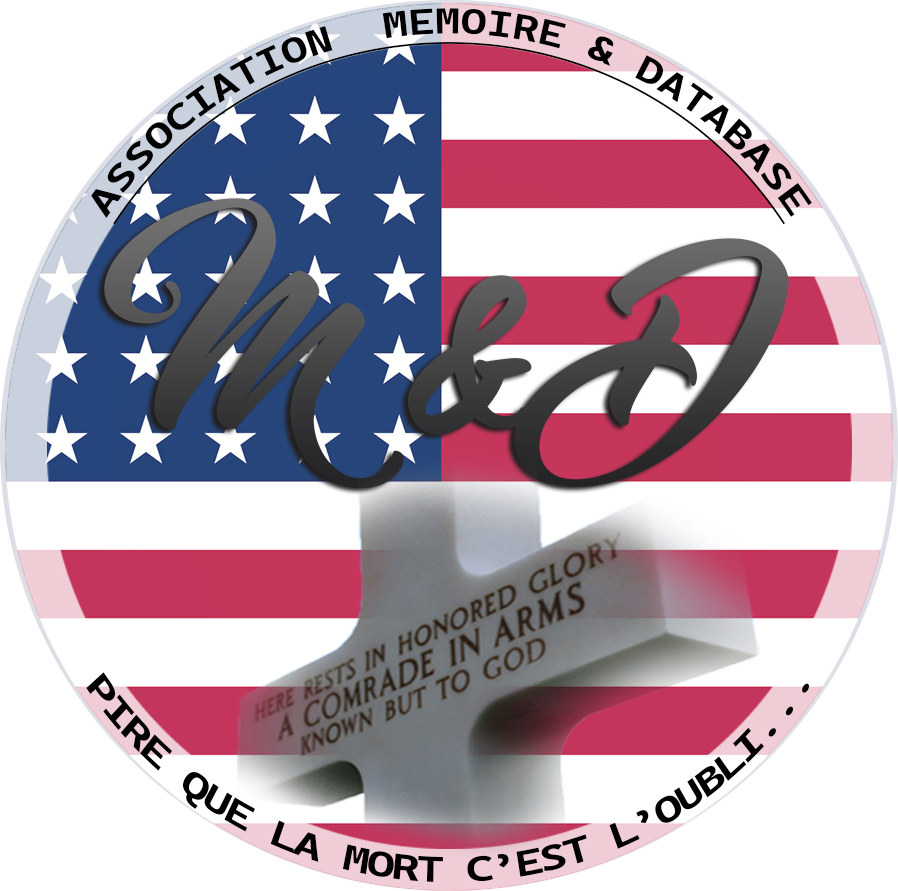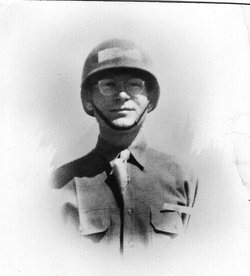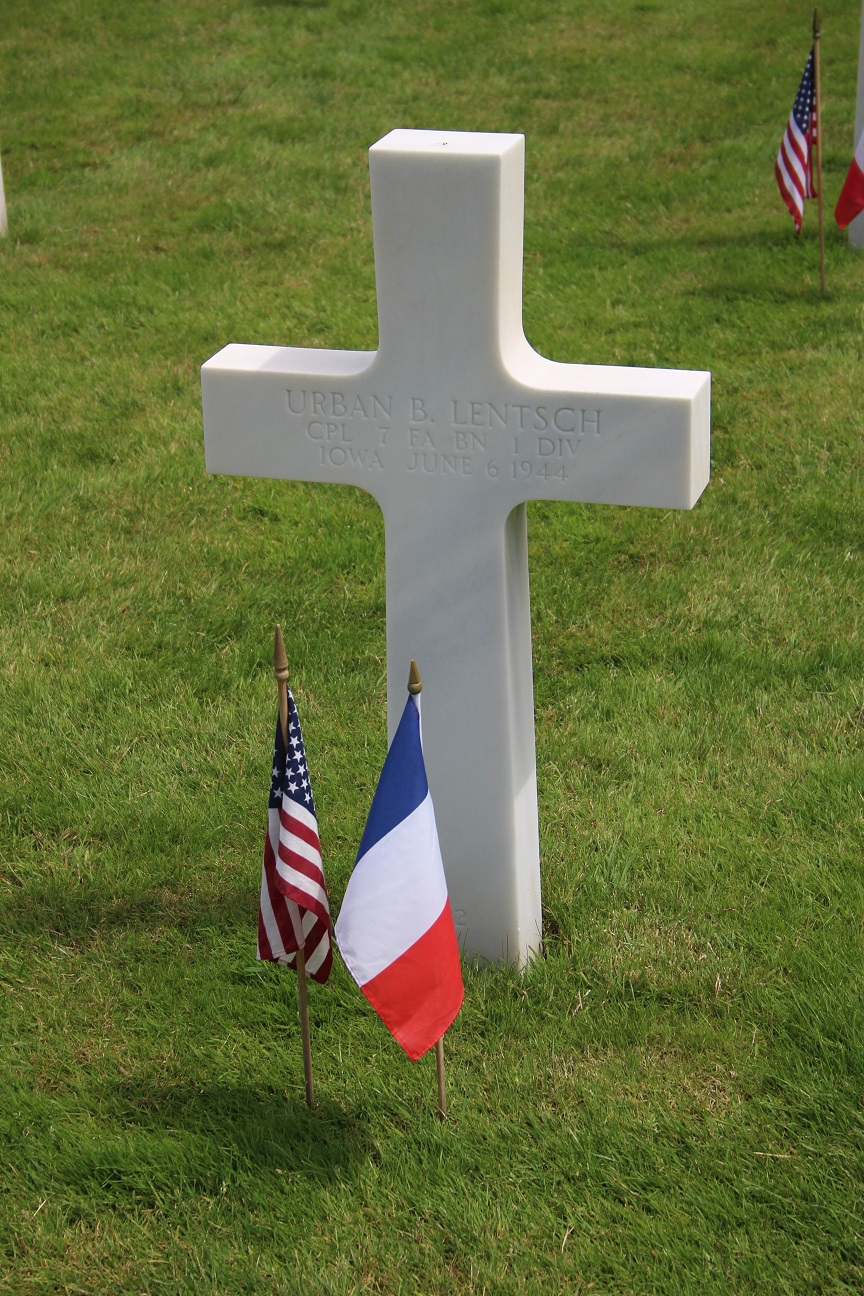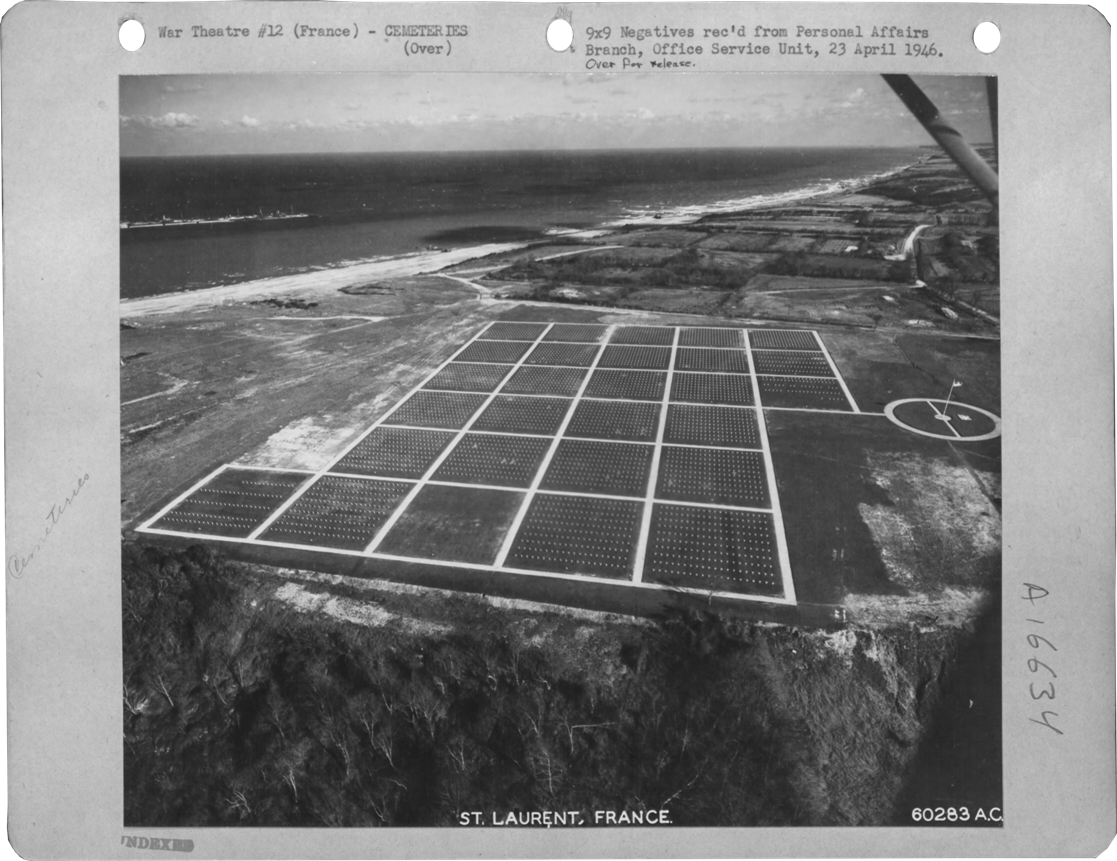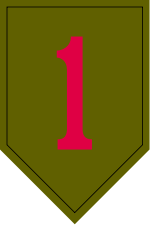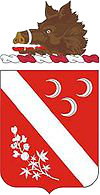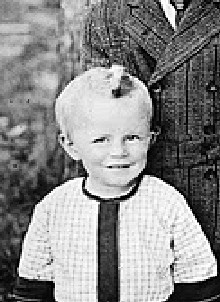|
Urban Benedict LENTSCH
| ||||||||||||||||||||||||||||
|---|---|---|---|---|---|---|---|---|---|---|---|---|---|---|---|---|---|---|---|---|---|---|---|---|---|---|---|---|
|
Source : Geo Clinton
| ||||||||||||||||||||||||||||
| NUMBER OF SERVICE | 37432537 | |||||||||||||||||||||||||||
| AGE | 29 yo | |||||||||||||||||||||||||||
| DATE OF BIRTH | 4 aout 1914 Livermore Humboldt Country | |||||||||||||||||||||||||||
| ENLISTMENT STATE | IOWA | |||||||||||||||||||||||||||
| FAMILY |
Parents : Andrew & Anna Susan LENTSCH Siblings : Elizabeth R, Laurence M, Joseph J, John A, Kathryn A, Pauline M & Margaret M | |||||||||||||||||||||||||||
| RANK | Corporal | |||||||||||||||||||||||||||
| FONCTION | ||||||||||||||||||||||||||||
| JOB BEFORE ENLISTEMENT |  | |||||||||||||||||||||||||||
| DATE of ENLISTEMENT | ||||||||||||||||||||||||||||
| COMPANY | Company | |||||||||||||||||||||||||||
| BATTALION | Battalion | |||||||||||||||||||||||||||
| REGIMENT | 7th Field Artillery Battalion | |||||||||||||||||||||||||||
| DIVISION | 1st Infantry Division | |||||||||||||||||||||||||||
| DATE OF DEATH | 6 June 1944 |
Source : F Lavernhe | ||||||||||||||||||||||||||
| STATUS | KIA | |||||||||||||||||||||||||||
| PLACE OF DEATH | ||||||||||||||||||||||||||||
| CEMETERY TEMPORARY |
CEMTERY TEMPORARY of St Laurent N°3505
| |||||||||||||||||||||||||||
| CEMETERY | NORMANDY AMERICAN CEMETERY of Colleville | |||||||||||||||||||||||||||
| GRAVE |
| |||||||||||||||||||||||||||
| DECORATION |
| |||||||||||||||||||||||||||
| ||||||||||||||||||||||||||||
| STORY | ||||||||||||||||||||||||||||
|
Cpl. Urban B Lentsch was the son of the late Mr. Andrew and Mrs. Anna Roisz Lentsch of Livermore, IA. He attended the University of Iowa for one year before working in Kossuth County. He was inducted into the Army and was attached to the 7th Field Artillery Battalion, 1st Infantry Division. He was killed in action of June 6, 1944, when his unit fought on Omaha Beach. Cpl. Lentsch is buried in Plot J, Row 10, Grave 22, in Normandy American Cemetery, Colleville-sur-Mer, France. He was awarded the Purple Heart. July 25, 1944 - Memorial services for Cpl Urban Lentsch of Livermore, who was killed in action in France on June 6, were held Monday morning, at nine o'clock at the Sacred Heart church in Livermore. Cpl Lentsch was attached to the seventh field artillery battalion, and had been stationed in England before the Invasion. He received his basic training at Fort Sill, Oklahoma. | ||||||||||||||||||||||||||||
|
Source : Geo Clinton
|
He graduated from the Livermore high school with the class of 1932, and attended the University of Iowa for one year. He had been employed for several years by Andrew and Paul Erpelding north of there. Urban was born in Livermore on August 4, 1914, the youngest son of the late Mr. and Mrs. Andrew Lentsch. He is survived by four sisters and three brothers. They are: Mrs. Clarence Finneron of Denison, Iowa; Mrs Ted Jenning of Miller, SD; Mrs Lawrence Curran of Livermore; Mrs Dan Shields of Portland, ME; & Lawrence of Witchita, Kansas; Joe who is stationed in Kansas; & John who is home on furlough. | |||||||||||||||||||||||||||
Activated/Activé |
Normandy/Normandie |
| 17 Jun 1917 | Days of Combat/Jour de Combat 443 |
| Casualties/Victimes 20 659 | |
Entered Combat/Entré au combat |
|
| 8 Nov 1942 North Africa | |
|
Commanding Generals/Commandants généraux Maj. Gen. Donald Cubbison (Feb 41 - Aug 42) |
Campaigns/CampagnesAlgeria-French Morocco (8 Nov 42 - 11 Nov 42)
|
PLAN DE ROUTE DE LA CAMPAGNE de MEDITERANNEE - CAMPAIGN ROUTE MAP |
|
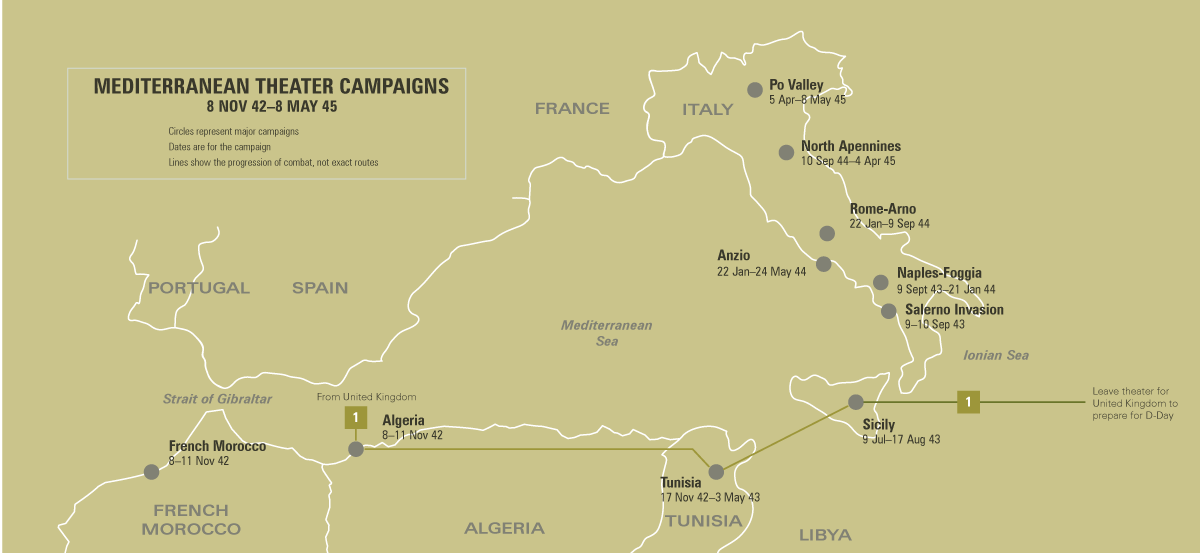 |
|
PLAN DE ROUTE DE LA CAMPAGNE - CAMPAIGN ROUTE MAP |
|
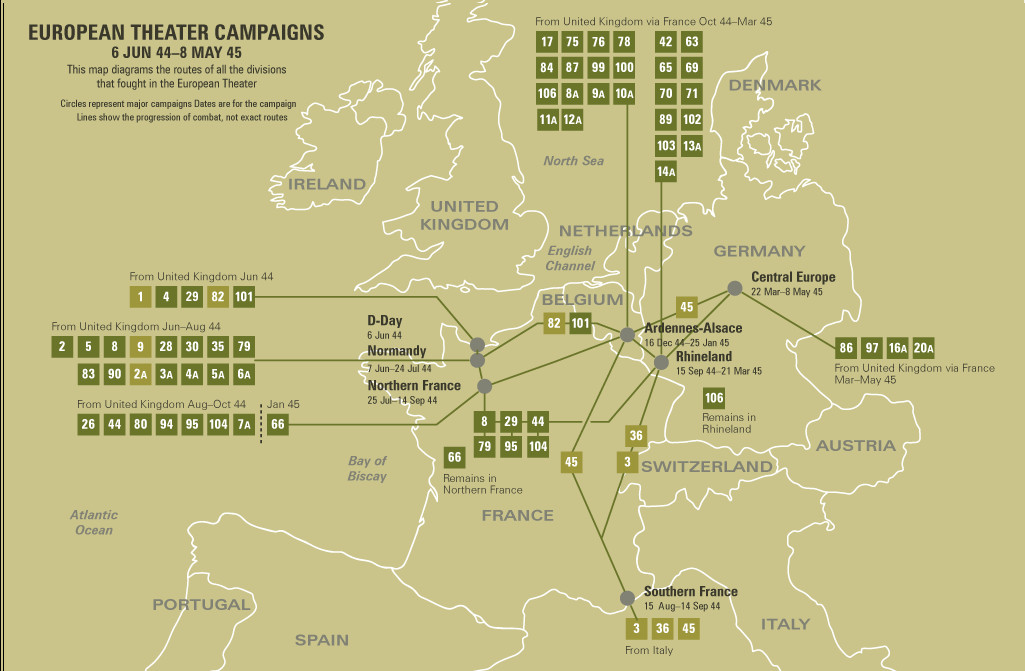 |
|
DIVISION CHRONICLEThe 1st Infantry Division saw its first combat in World War II in North Africa, landing at Oran and taking part in the initial fighting, 8-10 November 1942. Elements then took part in seesaw combat at Maktar, Medjez el Bab, Kasserine Pass, Gafsa, El Guettar, Beja, and Mateur, 21 January-9 May 1943, helping secure Tunisia. The First was the first ashore in the invasion of Sicily, 10 July 1943 ; it fought a series of short, fierce battles on the island's tortuous terrain. When that campaign was over, the Division returned to England to prepare for the Normandy invasion. The First Division assaulted Omaha Beach on D-day, 6 June 1944, some units suffering 30 percent casualties in the first hour, and secured Formigny and Caumont in the beachhead. The Division followed up the St. Lo break-through with an attack on Marigny, 27 July 1944, and then drove across France in a continuous offensive, reaching the German border at Aachen in September. The Division laid siege to Aachen, taking the city after a direct assault, 21 October 1944. The First then attacked east of Aachen through Hurtgen Forest, driving to the Roer, and moved to a rest area 7 December for its first real rest in 6 months' combat, when the von Rundstedt offensive suddenly broke loose, 16 December. The Division raced to the Ardennes, and fighting continuously from 17 December 1944 to 28 January 1945, helped blunt and turn back the German offensive. Thereupon, the Division attacked and again breached the Siegfried Line, fought across the Roer, 23 February 1945, and drove on to the Rhine, crossing at the Remagen bridgehead, 15-16 March 1945. The Division broke out of the bridgehead, took part in the encirclement of the Ruhr Pocket, captured Paderborn, pushed through the Harz Mountains, and was in Czechoslovakia, at Kinsperk, Sangerberg, and Mnichov, when the war in Europe ended.
|
CHRONIQUE DE DIVISIONLa 1ère Division d'infanterie vit son premier combat en Afrique du Nord lors de la Seconde Guerre mondiale, débarquant à Oran et prenant part aux combats initiaux, du 8 au 10 novembre 1942. Les éléments participèrent ensuite aux combats en balançant à Maktar, Medjez el Bab, Col de Kasserine, Gafsa, El Guettar, Beja et Mateur, du 21 janvier au 9 mai 1943, contribuant à la sécurisation de la Tunisie. Le premier a été le premier à terre dans l'invasion de la Sicile, le 10 juillet 1943; il a combattu une série de batailles courtes et féroces sur le terrain tortueux de l'île. Quand cette campagne fut terminée, la Division revint en Angleterre pour se préparer à l'invasion de la Normandie. La première division a attaqué Omaha Beach le jour J, le 6 juin 1944, certaines unités subissant 30% de pertes au cours de la première heure et sécurisant Formigny et Caumont dans la tête de pont. La Division a suivi la percée de Saint-Lô avec une attaque sur Marigny, le 27 juillet 1944, puis a traversé la France dans une offensive continue, atteignant la frontière allemande à Aix-la-Chapelle en septembre. La Division a assiégé Aix-la-Chapelle après un assaut direct, le 21 octobre 1944. Le Premier a ensuite attaqué à l'est d'Aix-la-Chapelle par Hurtgen Forest, jusqu'à la Roer, et s'est installé dans une aire de repos le 7 décembre pour son premier repos. combat de mois, quand l'offensive de von Rundstedt se déchaîna subitement, le 16 décembre. La division a couru vers les Ardennes, et combat continuellement du 17 décembre 1944 au 28 janvier 1945, a aidé à émousser et à retourner l'offensive allemande. La Division attaqua de nouveau la ligne Siegfried, traversa la Roer, le 23 février 1945, et se dirigea vers le Rhin, traversant la tête de pont de Remagen, du 15 au 16 mars 1945. La division sortit de la tête de pont. dans l'encerclement de la poche de la Ruhr, capturé Paderborn, poussé à travers les montagnes du Harz, et était en Tchécoslovaquie, à Kinsperk, Sangerberg et Mnichov, lorsque la guerre en Europe a pris fin.
|
| SOURCE INFORMATION & PHOTO | Armydivs.squarespace.com |
|---|
| SOURCE INFORMATION & SOURCE PHOTO | Abmc.gov - Findagrave.com - JF Pellouais |
|---|---|
| PROGRAMMER | Henri, Garrett, Clive, Frédéric & Renaud |


